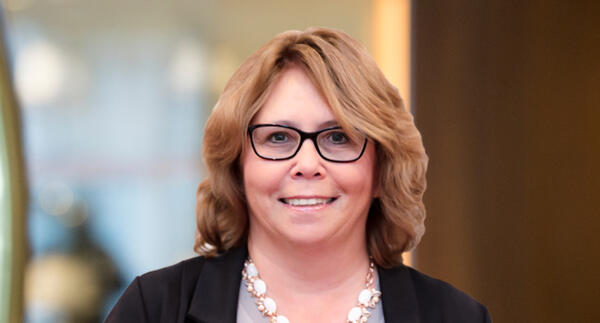 Over the past two years, I’ve witnessed widespread adoption of Agile and DevOps across the insurance industry. Combining Agile and DevOps can result in a powerful capacity to efficiently deliver business capabilities. That being said, pitfalls and challenges can impede your organization’s path to successfully implementing the Agile methodology. Clearly defining each individual’s responsibilities and adapting Agile to your organization’s existing culture gives your team the best chance of success.
Over the past two years, I’ve witnessed widespread adoption of Agile and DevOps across the insurance industry. Combining Agile and DevOps can result in a powerful capacity to efficiently deliver business capabilities. That being said, pitfalls and challenges can impede your organization’s path to successfully implementing the Agile methodology. Clearly defining each individual’s responsibilities and adapting Agile to your organization’s existing culture gives your team the best chance of success.
On January 26, I hosted the latest meeting of the Aite-Novarica Women’s Network on Agile Lessons Learned alongside my colleague, Senior Principal Nancy Casbarro. Panelists Traci Ducceschi, Director of Project Management at Penn National Insurance; Cindy St. Onge, Scrum Master at Intact Insurance; and Kimberly Wilson, Director of Software Development Engineering at MetLife shared thoughts and stories about Agile successes, challenges, and best practices.
Clarify Roles and Responsibilities Early
Our panelists agreed that clearly defining roles and responsibilities from the get-go is the foundation of a truly Agile culture. Start by determining who in your organization has the skill sets to become a successful tech lead, scrum master, or project leader, one panelist suggested. Harnessing existing skill sets is only one piece of the puzzle. Coaches will need to “build up the muscles of coaching,” and new product owners may not have had previous experience prioritizing to the level that Agile demands. Scrum masters need to moderate team discussions, ensuring that everyone has a chance to be heard. Trainings on LinkedIn can be useful to help envision a clear picture of specific functions and duties.
One panelist has been working with her Agile team for the past three years. Over time, she shared, the members of her team have learned to anticipate each other’s needs due to working together closely as part of the Agile process. Although the high visibility of an Agile framework can generate individual worries or concerns, individuals will often feel empowered when they experience enhanced ability to collaborate and produce results.
Make Agile Work for Your Team’s Culture
A panelist shared the following anecdote about the start of her team’s experience with Agile, “I asked my scrum team their thoughts, and when we went from Waterfall to Agile, what we learned and agreed on was that we are not perfect and Agile is not perfect.” Following methodology rigidly will only get you so far and may cause problems down the line if you are pushing for changes and results too quickly. Bringing in an Agile coach can help smooth out the transition and make the training period one of teamwork.
Take your organization’s existing culture and processes into account, and remember to evaluate whether Agile methodology is right for your particular project. “The beauty of Agile is that it can work the way you need.” One panelist’s team felt they could not do requirements in an Agile form, so they established requirements first before continuing with an Agile process. A gradual transition, as opposed to a drastic change, can help along the processes of gaining support and eroding skepticism from the business side of your organization.
Agile and the Post-Pandemic Future
Communication has always been the cornerstone of Agile teamwork. Anecdotally, remote work’s impact on Agile at various organizations has ranged from negative to positive to none at all—it all depends on the existing conditions within your organization and how you adapt to the changing world. As many organizations continue to work remotely, or increasingly move toward hybrid arrangements, frequent communication remains critical to achieving Agile success. It’s tempting to use instant messaging for workplace communications due to its convenience, but it’s important to establish a routine of regular video calls in order to mimic in-person brainstorming sessions.
The next Virtual Meeting of the Aite-Novarica Women’s Network will take place on February 23, 2022 on the topic of “Taking Back Control of Your Time.” Speakers will include Aite-Novarica Head of Property and Casualty Insurance, Martina Conlon. More information is available at https://aite-novarica.com/womens-network.

